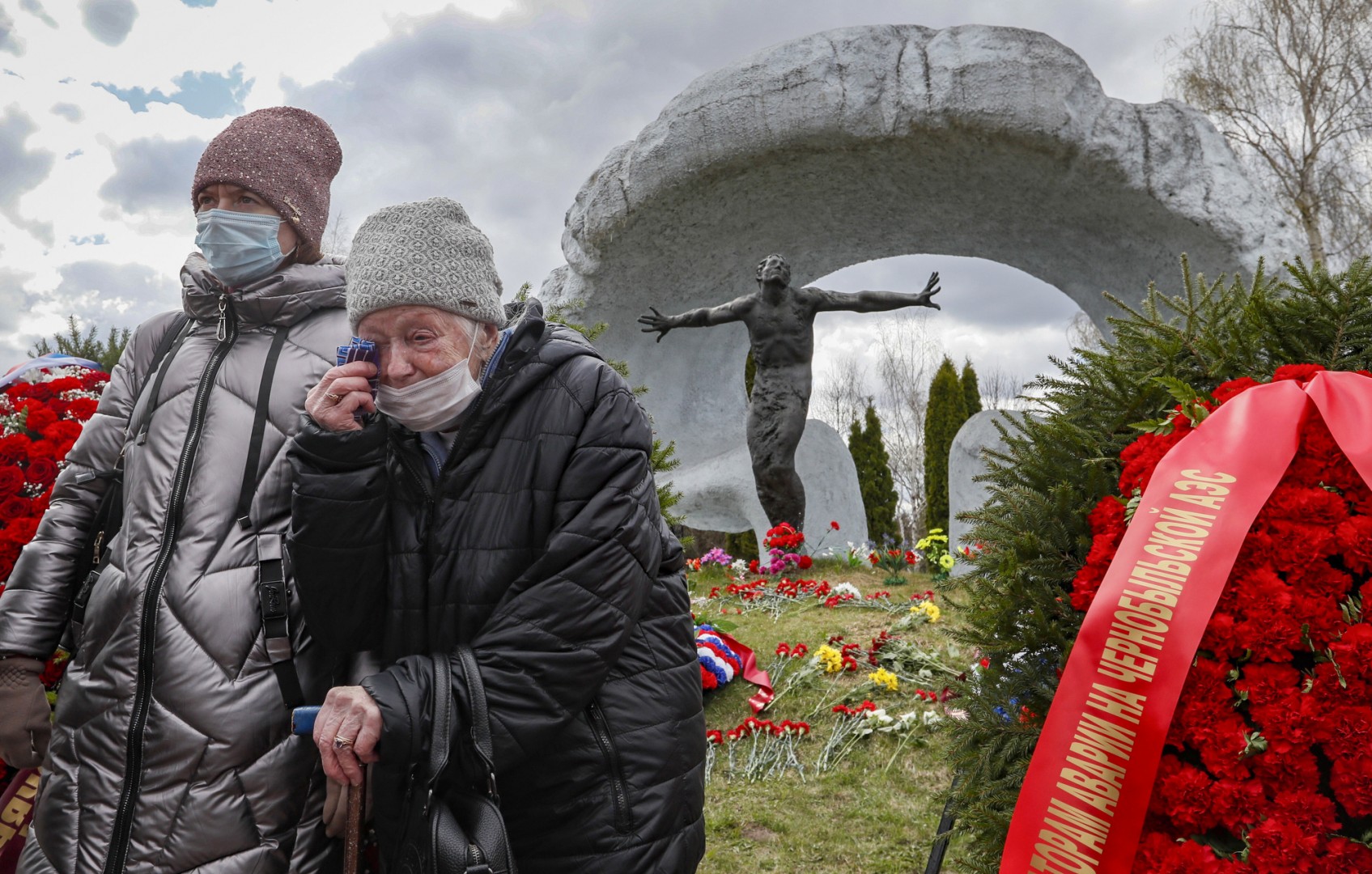
ON THIS DAY in 1986, workers ran a safety test at the Chernobyl Nuclear Power Plant in northern Ukraine. But the test went awry, starting a fire in a reactor and leading to one of the largest nuclear disasters in history. Smoke from the fire and a second explosion launched radioactive elements into the atmosphere, scattering them over the surrounding fields and towns.
Chernobyl is generally recognized as the worst nuclear accident on record, directly killing 31 people and causing widespread contamination in Eurasia. It’s estimated that thousands of people will eventually die earlier than they would have due to the cancers caused by their exposure.
Today, 35 years later, scientists are still uncovering the extent of the damage and starting to answer questions about the long-term legacy of radiation exposure on power plant workers, the people in the nearby community, and even their family members born years later.
READ: New studies highlight the possible impact of Chernobyl on genes
- Published on Science Daily, the studies—both conducted by the National Cancer Institute (NCI), a branch of the National Institute of Health (NIH)—sought to find what kind of changes the exposure to carcinogenic ionizing radiation had on those who came into contact with the explosion.
